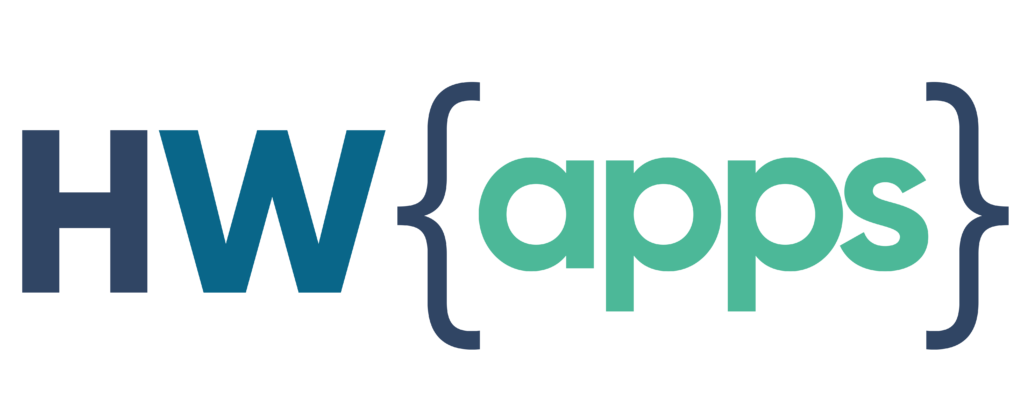8 Optimizations to Beat Health Workforce Recruitment Challenges

The challenges healthcare facilities face today seem endless: staff burnout caused by the pandemic, high vacancy rates, lack of engagement in candidates for high-need positions, and an inability to attract the younger population and meet their workforce needs. This survey by SHRM reveals disheartening statistics, showing the healthcare industry as one of the most recruitment-challenged […]
The Importance of a Mobile Accessible Platform and Content

If you are like the majority of Americans, you are probably glued to your smartphone. You likely use it to check emails, keep track of the news, and interact with friends on social media. In fact, 2016 was the first time that mobile Internet use surpassed desktop use, tipping the scales at 51.2% for mobile, […]
